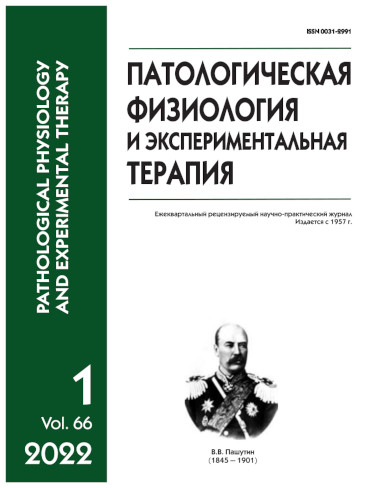Molecular stimuli of fibrogenic activation in hepatic stellate cells
Abstract
The aim of this review was to describe the molecular stimuli of fibrogenic activation in hepatic stellate cells (HSCs), which play an important role in hepatic fibrogenesis. It has been established that the transformation of quiescent HSCs into activated, myofibroblast-like phenotypes requires changes in the expression of several hundred different genes. A number of stimulating factors is able to influence the receptors for a variety of paracrine and autocrine inducers of this process. Possible key regulators of HSCs activation are the multidomain signaling molecules GIV/Girdin and methyl-CpG-binding protein 2 (MеCP2). In addition, their transdifferentiation may be due to epigenetic mechanisms, which include DNA methylation and histone modifications, and are con trolled by numerous non-coding RNAs (ncRNAs). A steady increase in the hedgehog (Hh) signal transduction is able to maintain the expansion and pro-fibrogenic activity of HSCs with constant exposure to an aggressive agent. The HSC autophagy also contributes to hepatic fibrogenesis. Under the influence of molecular stimuli, HSCs enter the cell cycle and undergo phases of initial and then perpetual activation. At this time, there are numerous changes in the transcription of genes of type I collagen, α-smooth muscle actin (α-SMA), transforming growth factor (TGF)-β1 and its receptors, matrix metalloproteinase (MMP)-2, tissue inhibitors of matrix metalloproteinases (TIMP)-1 and -2. This is facilitated by transcription factors that are absent in quiescent HSCs, such as Ets-1, Mef2, CREB, Egr-1, JunD, vitamin D receptor, CCAAT/enhancer-binding protein β (C/EBP-β), etc. Understanding the pathophysiological mechanisms of HSC activation is extremely important for the development of targeted antifibrotic therapy. Its introduction into clinical practice will improve the prognosis for chronic liver diseases and enhance the quality of life of such patients.






